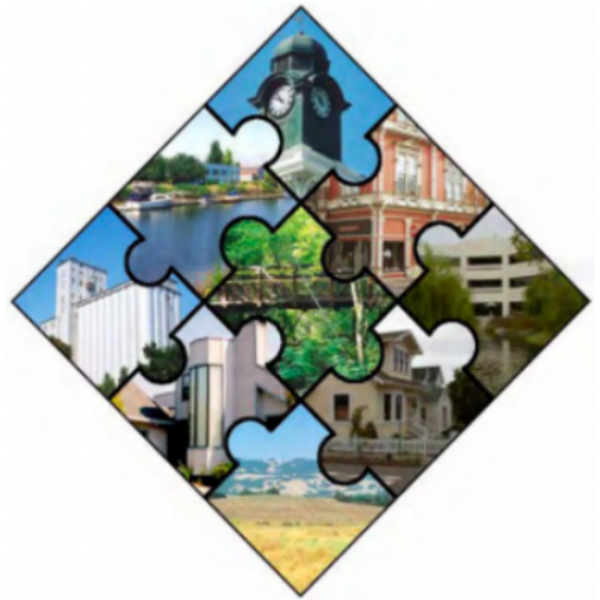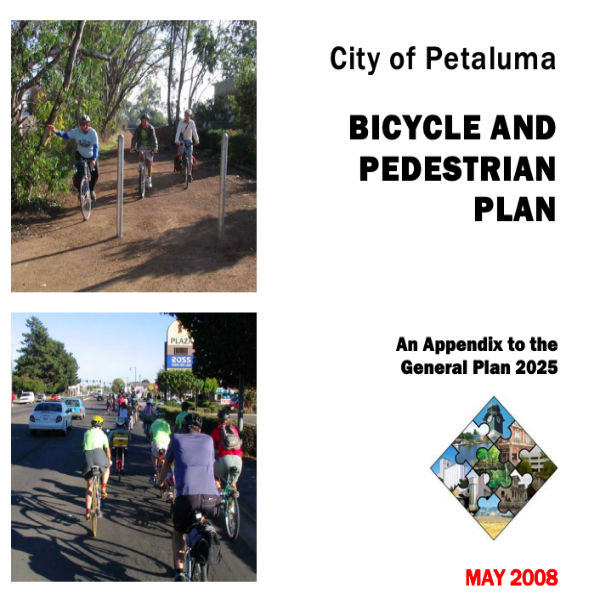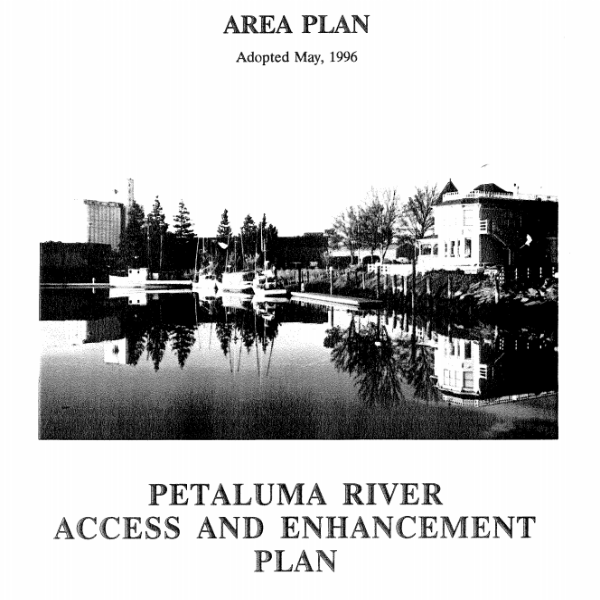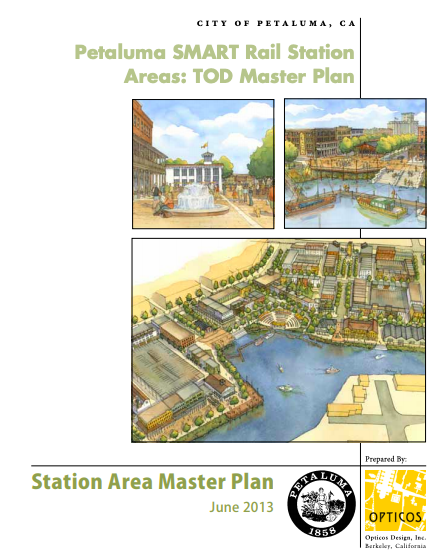Planning Policy Documents
To help create the kind of community in which we all want to live, we have to start with a vision. That vision is articulated through a series of land use planning documents that lay out how things should be built. The documents below are used to make decisions about future development and City construction projects.
GENERAL PLAN 2025
It all starts with the City's General Plan. The State of California requires every city and county to have a comprehensive General Plan that serves as a constitution for long-term physical development. The General Plan identifies current and future needs in areas such as land use, housing, transportation, public services, environmental quality, and economic viability. The General Plan is also a policy document that embodies the community’s goals and guides decisions about physical development over the long term. The current General Plan 2025 was adopted on May 19, 2008 and took effect on June 18, 2008.
Planning Staff reviews development proposals for consistency with the General Plan's policies and objectives, as well as conformance to the density and floor-area-ratio standards of site-specific land use designations. To look up the land use designation of a specific property check out our General Plan Land Use Map
For more information about the City of Petaluma's General Plan 2025, CLICK HERE.
For more information about the General Plan Update 2025 Housing Element, visit the following link: https://cityofpetaluma.org/documents/general-plan-update-2025-housing-element-2023/.
BIKE AND PEDESTRIAN MASTER PLAN
The City's Bicycle and Pedestrian Plan serves as an Appendix to the General Plan 2025. Adopted concurrently with the General Plan in 2008, the Bicycle and Pedestrian Plan was prepared by the Pedestrian and Bicycle Advisory Committee (PBAC) with the purpose of making Petaluma a pedestrian- and bicycle-friendly community. The plan focuses on the creation of ‘complete’ streets, infrastructure improvements, and transportation planning for the benefit of all.
Planning staff works directly with this plan when development proposals have a direct relationship to bicycle and pedestrian amenities and/or the City's trail network. For more complex projects staff will present the development proposal at a public PBAC meeting and gather feedback that will help inform that decision-making process.
RIVER ACCESS AND ENHANCEMENT PLAN
The overriding purpose of the Petaluma River Access and Enhancement Plan is to describe this community's vision for the Petaluma River, including its riverfront uses, activities, and developments. Implementation of this plan will result in a waterfront environment that is the jewel in Petaluma's crown.
This plan elaborates on the Petaluma General Plan 1987-2005 regarding the river and the properties abutting it. As the most comprehensive statement of this community's vision for the river and riverfront development, this plan will be used by policymakers, property owners, and interested citizens to guide the metamorphosis of the river into the central feature of Petaluma.
CENTRAL PETALUMA SPECIFIC PLAN
The Central Petaluma Specific Plan provides specific land use and development regulations for nearly 400 acres within the geographic heart of the city, adjacent to downtown. It includes an area that is bounded by Lakeville Street on the east and north, Petaluma Boulevard on the west, and Highway 101 on the south. The Central Petaluma Specific Plan was adopted in June of 2003 to direct new growth into this area. The Plan envisions Central Petaluma to be a place where a wide range of new employment, housing, shopping, and entertainment activities develop in relative proximity to one another within a lively urban environment adjacent to the historic downtown and the Petaluma River.
PETALUMA SMART RAIL STATION AREAS: TOD MASTER PLAN
On June 17, 2013 the Petaluma City Council adopted the Petaluma SMART Rail Station Areas: TOD Master Plan, the Amended SmartCode, and a Mitigated Negative Declaration for the project.
The primary objectives of the Station Area Master Plan include:
- Provide a framework that will guide future development and redevelopment within the station areas toward uses that will support transit ridership.
- Improve motorized, non-motorized, and transit connectivity between the station sites and existing adjacent commercial, employment, and residential areas.
- Develop and implement urban design standards that promote walkable and livable environments within the station area.
- Identify infrastructure needs and a financing plan with an emphasis on funding opportunities to incentivize future development/redevelopment.
- Inform the public and stakeholders about the master plan process, transit-oriented design concepts, and future opportunities within the two station areas.
- Create an integrated development plan that capitalizes on the SMART rail system.






